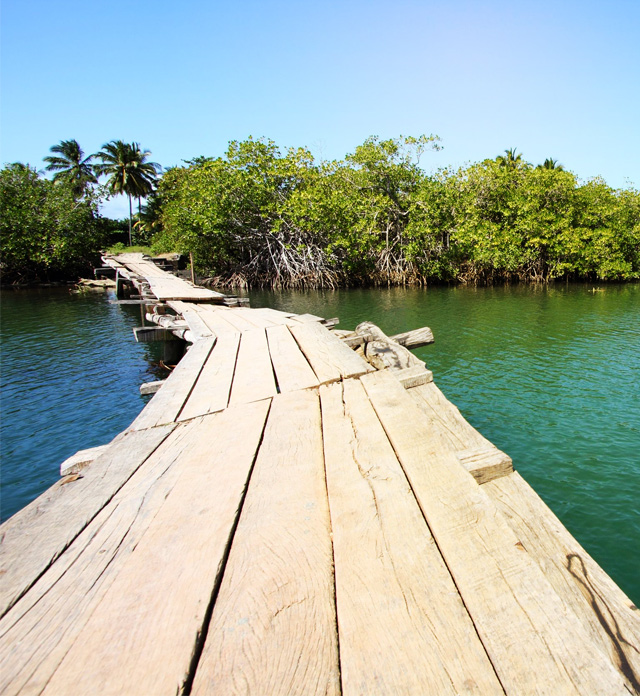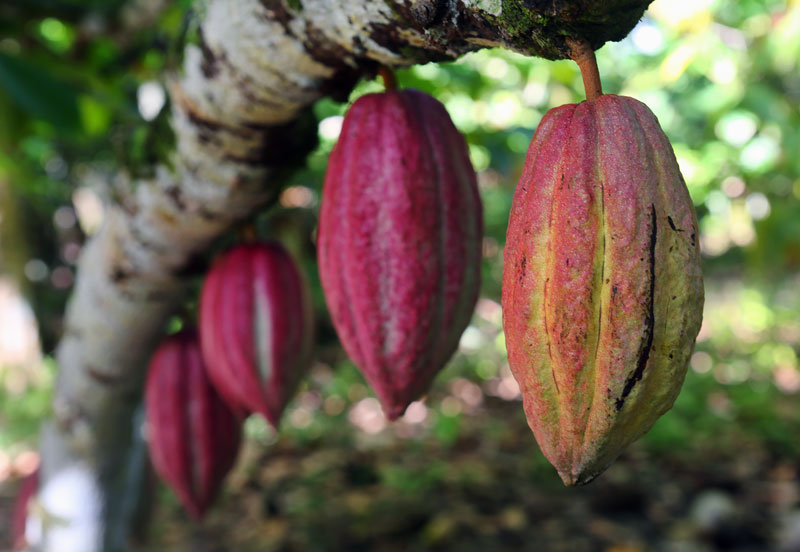Ecotourism in Eastern Cuba
TIME : 2016/2/16 14:47:49
Eastern Cuba receives relatively few visitors despite boasting many of Cuba’s preeminent national parks and historic sites. For an eco-adventure, exploring the Sierra Maestra and adjacent mountains can’t be beaten.

Rio Miel bridge, part of Alejandro de Humboldt National Park. Photo © tupungato/123rf.
Ecotours in Cuba
- Hike to the summit of El Yunque, a fantastic mountain formation dominating the landscape around Baracoa.
- Drive La Farola, a switchback mountain road that takes you through several ecosystems, including pine forest at higher elevations.
- Head to Punta Maisí via coffee country, with time to explore a private coffee farm. Then explore the cactus-studded landscapes of Reserva Ecológica Maisí-Caleta.
- Hire a guide to look for Polymita pictas snails and go birding in Parque Nacional Alejandro de Humboldt, then take a boat ride up the Río Toa. Look for manatees in the river estuary.

Cacao pods at Finca Duaba, Baracoa. Photo © Christopher P. Baker.
Cuban Cultural Immersion
Baracoa is the oldest town in the Americas and retains a distinct culture that owes much to the legacy of Taíno pre-Columbian culture, while Santiago and Guantánamo are infused with Haitian and Jamaican influences.
- For an immersion in Taíno culture head to the Museo Arqueológico Cueva del Paraíso, with pre-Columbian skeletons in situ.
- Descendants of the Taíno keep their traditions alive at the village of El Güirito.
- Baracoa is Cuba’s ground zero for cacao and chocolate production. For Cacao 101 visit Finca Duaba, then head to Baracoa’s Casa de Cacao for a tasting at this artisanal chocolate “factory.”
- In Guantánamo and Santiago de Cuba, the Tumba Francesa keeps alive the Haitian music, dance, and dress traditions.
- Son (Cuba’s quintessential sound) is said to have been birthed at Santiago de Cuba’s Casa de la Trova, where you can still hear traditional Cuban music at its best.
Excerpted from the Sixth Edition of Moon Cuba.

